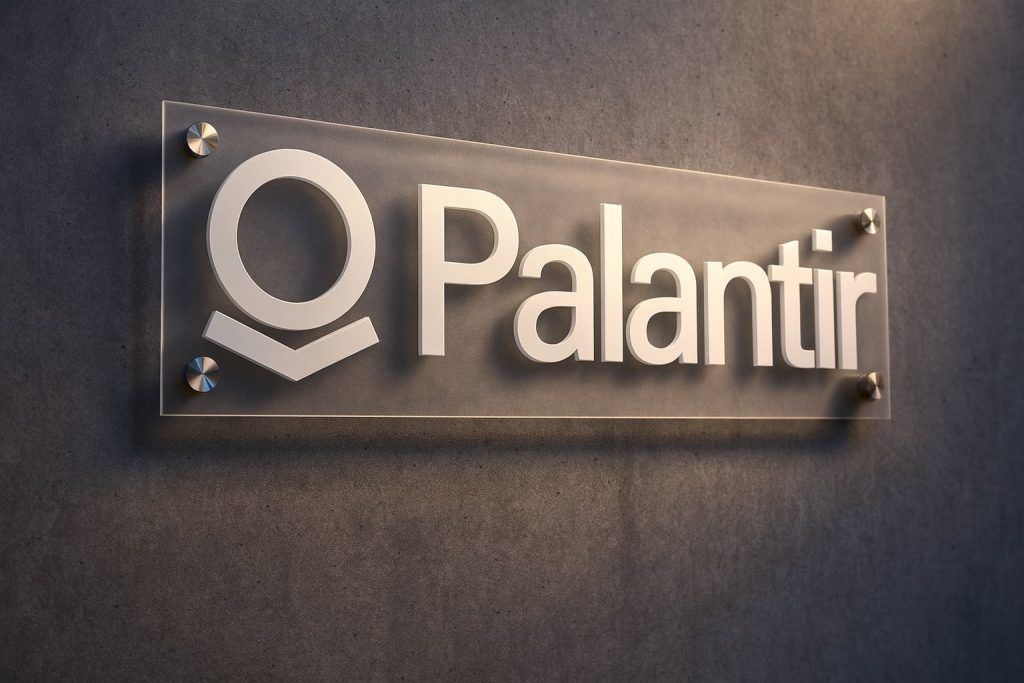- Federal Pay Stalemate: The U.S. Senate on Oct. 23 failed to clear funding to continue federal workers’ pay, heightening fears of a government shutdown entering Week 4 [1] [2]. Republicans and Democrats remain locked in talks, but only promise hope of a compromise to keep air traffic controllers, social workers and other civilian employees paid [3] [4].
- Selective Funding: President Trump has issued executive actions to pay Border Patrol, ICE agents, FBI officers and active-duty troops, while roughly 1.4 million other federal staff remain unpaid (about 700,000 furloughed) [5]. Analysts warn this “two-tier” approach divides the workforce and erodes morale in civilian agencies [6] [7]. Unions call it “extremely unfair” that many officials are asked to work without pay [8].
- Political Blame Game: Democrats insist any spending deal must include popular programs (like expiring health subsidies), while Republicans resist. Critics note that Congress, not the White House, controls the budget. As Princeton’s Julian Zelizer observed, Trump is rearranging paychecks to advance his agenda – a shutdown strategy unlike any modern precedent [9]. Public polling shows more voters blame Republicans for the impasse [10].
- Market Jitters: Wall Street is watching nervously. U.S. stock futures slipped as investors weighed the risk of prolonged gridlock. While all major indexes are near historic highs, analysts caution that uncertainty over funding (and simultaneous Fed interest-rate uncertainty) could spark volatility. (As one commentator put it: “Investors can’t do what politicians and voters won’t do” [11].) Financial firms see mixed forecasts: defensive sectors (defense contractors, tech stalwarts) may hold value, but consumer- and government-dependent stocks could waver if a shutdown drags on.
- Expert Commentary: Economic experts warn a long shutdown will dent GDP growth and confidence. “Selective pay will ultimately hurt government services,” says a former Obama economic adviser. Treasury Secretary Yellen and Fed officials have cautioned fiscal risks, while Wall Street strategists note that equity gains have depended on stable fiscal policy. Most agree that a stopgap deal is still likely – but possibly only after last-minute pressure from the markets and public [12] [13].
In-depth Report:
Congress faces a critical deadline as continuing resolutions lapse and a partial government shutdown extends into its fourth week [14] [15]. On Oct. 23, Senate Democrats blocked a short-term funding bill that would have guaranteed federal pay, arguing it lacked needed protections (for example, extensions of expiring health subsidies). Republicans counter that Democrats are effectively instigating the shutdown by demanding policy concessions [16] [17]. As Princeton historian Julian Zelizer notes, “Trump is using a shutdown to prioritize pay to a subset of workers” – a novel tactic that Republicans now echo [18]. The Senate vote failure (and a similar House impasse) sets the stage for a potential shutdown that could last days or weeks longer, unless negotiators strike a deal by week’s end.
Federal Employees Caught in the Middle. The piecemeal funding approach has stark winners and losers. By presidential order, Border Patrol, ICE, Secret Service, TSA agents, FBI investigators and active-duty troops continue receiving paychecks (even funding the Oct.15 pay period from leftover tax-cut funds) [19]. Meanwhile, roughly 1.4 million civilian federal workers – from IT specialists and statisticians to air traffic controllers and OSHA inspectors – have gone unpaid (including about 700,000 furloughed) [20]. Typically back pay is owed after a shutdown ends, but the White House has even suggested scrapping that guarantee. “They’re playing party when they should be [focused on] people,” lamented Katrina Wynn, an Army IT specialist facing her first missed paycheck [21].
Unions and former officials warn the split undermines agencies. Treasury Employees Union President Doreen Greenwald blasted the policy as “extremely unfair and disrespectful”, forcing some personnel to work without compensation [22]. An FBI agent (speaking to Reuters) said morale is already flagging because paid agents worry for their unpaid colleagues’ wellbeing [23]. Analysts point out that Pentagon and DHS carve-outs chiefly protect Trump’s top priorities (immigration enforcement, defense), suggesting the shutdown’s pain is being applied selectively [24] [25]. Reuters observers call it a “two-tiered federal workforce” that “could erode morale across the government” [26] [27].
Political Fallout and Timing. The stalemate sets up a familiar blame game. White House officials blame congressional Democrats for holding out on policy demands, while Democrats say any deal must include broader bipartisan priorities. With the shutdown garnering national attention, polling indicates the GOP’s popularity is slipping over the impasse [28]. Many Democrats are betting that voters will blame President Trump and congressional Republicans more than Senate Democrats for the shutdown’s hardships [29]. Senior GOP figures like Vice President J.D. Vance are already touting Trump’s measures as defending Americans (“all we can do to compensate” troops) while accusing Democrats of indifference [30].
Market Impact and Stock Forecast. Financial markets have so far shrugged off the latest headlines, but with caution. On Oct. 23, U.S. equity futures dipped slightly amid the news of the failed vote and ongoing impasse. Economists warn that a prolonged shutdown would shave GDP by disrupting government contracts and payrolls, and could sap consumer confidence. Analysts say defense and tech stocks might even find support (as government defense spending and data services continue), but travel, retail and non-essential service sectors may underperform. Importantly, investors remember that policy gridlock rarely ends well, and as one expert put it, markets can’t compensate for political paralysis [31] [32]. In recent weeks, indexes were buoyed by strong earnings, but major firms (Goldman Sachs, JP Morgan) have noted that fiscal uncertainty could inject volatility. Most strategists are cautiously neutral: expecting a mild pullback if the shutdown persists, but a rally if Congress cobbles together a deal.
In practice, equity markets will be sensitive to any signs of resolution. As The Atlantic columnist David Graham observes, shutdowns have become all too routine and even the front pages ignore them – but “at some point, shutdowns start to become routine,” meaning investors may already be underestimating risk [33] [34]. If stocks begin to tumble, history suggests President Trump tends to “pay attention to the markets” and may accelerate a funding compromise [35]. For now, though, Wall Street is in wait-and-see mode: cash-rich and skeptical that a shutdown lasting more than a few weeks will be allowed to worsen.
Key Expert Insight: Princeton’s Julian Zelizer notes that this shutdown is unprecedented in its partisan payroll shifts [36]. Likewise, a senior White House official quietly likened the funding scramble to playing “budgetary Twister” – flexibly bending appropriation rules to find money for favored programs [37]. Legal scholars like GWU’s Sarah Binder warn this tangle may not hold up in court, since “the Constitution says Congress has the power of the purse” [38].
Bottom Line: With federal workers’ livelihoods and crucial services hanging in the balance, the legislature faces intense pressure to reach a deal. Markets, meanwhile, will react sharply to any flare-up or fix: a drawn-out shutdown could unsettle stocks, while a swift bipartisan patch would likely spur a relief rally. Investors and analysts are now bracing for the next few critical days as Washington politicians attempt to broker a compromise to restart the world’s largest government machinery [39] [40].
Sources: Coverage and analysis compiled from Reuters and The Atlantic reporting [41] [42] [43], with market context added.
References
1. www.theatlantic.com, 2. www.reuters.com, 3. www.reuters.com, 4. www.reuters.com, 5. www.reuters.com, 6. www.reuters.com, 7. www.reuters.com, 8. www.reuters.com, 9. www.reuters.com, 10. www.theatlantic.com, 11. www.theatlantic.com, 12. www.theatlantic.com, 13. www.reuters.com, 14. www.theatlantic.com, 15. www.reuters.com, 16. www.theatlantic.com, 17. www.reuters.com, 18. www.reuters.com, 19. www.reuters.com, 20. www.reuters.com, 21. www.reuters.com, 22. www.reuters.com, 23. www.reuters.com, 24. www.reuters.com, 25. www.reuters.com, 26. www.reuters.com, 27. www.reuters.com, 28. www.theatlantic.com, 29. www.theatlantic.com, 30. www.reuters.com, 31. www.theatlantic.com, 32. www.reuters.com, 33. www.theatlantic.com, 34. www.theatlantic.com, 35. www.theatlantic.com, 36. www.reuters.com, 37. www.reuters.com, 38. www.reuters.com, 39. www.reuters.com, 40. www.reuters.com, 41. www.theatlantic.com, 42. www.reuters.com, 43. www.reuters.com







